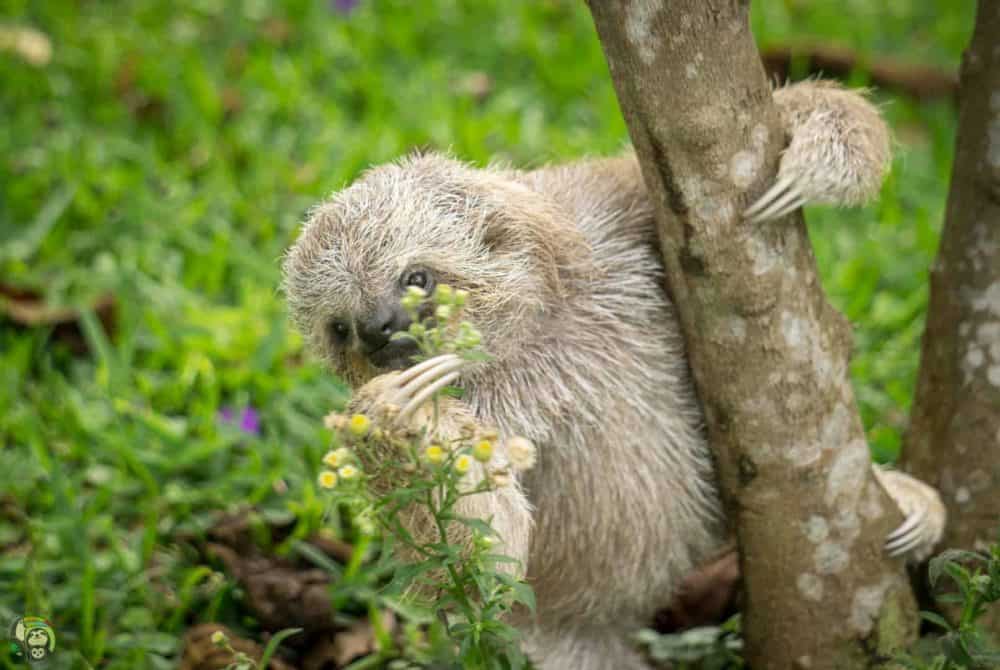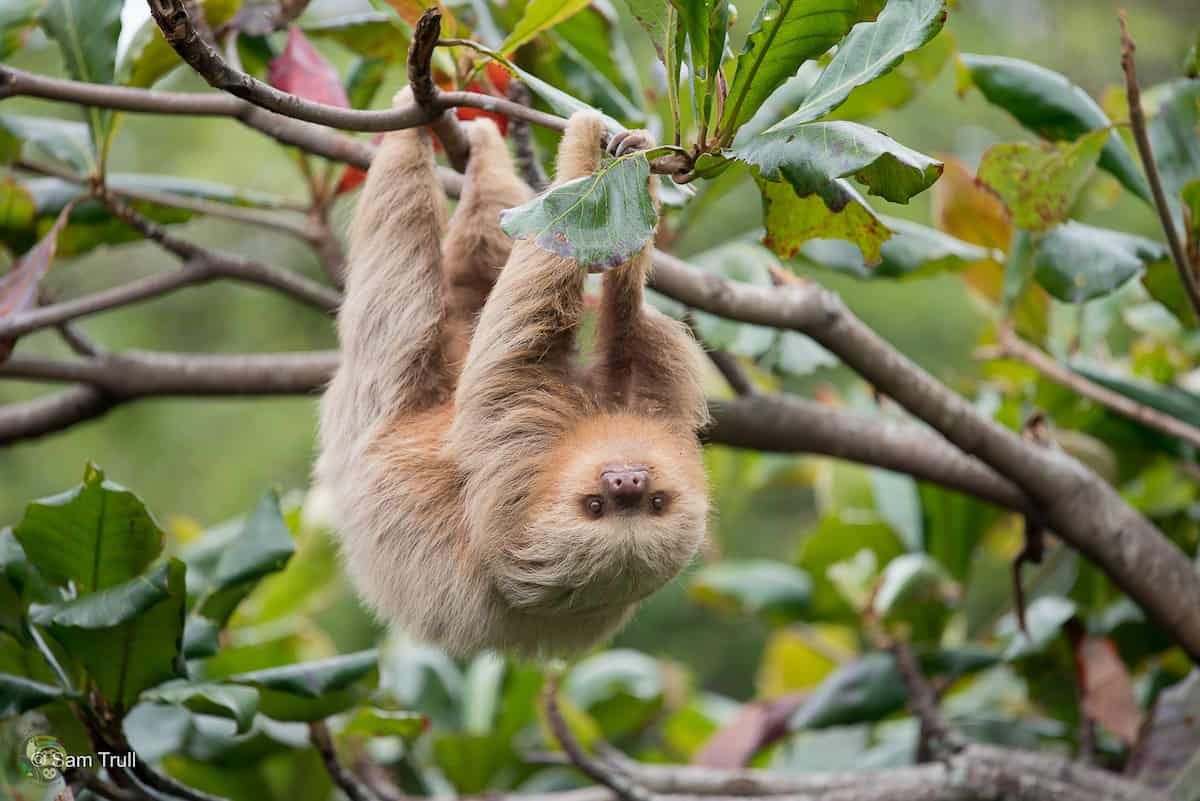In the tropical rainforests of Central and South America, sloths are known for their slow and deliberate movements. But what truly sets them apart from most other animals is their remarkable ability to spend the majority of their lives hanging upside-down. This unique adaptation allows sloths to navigate their treetop homes with ease, and it plays a crucial role in their survival.
Unlike most animals, sloths are specifically built to hang upside-down. Their bodies have evolved in ways that make this seemingly awkward position not only comfortable but also efficient. One of the most fascinating aspects of this adaptation is the way their internal organs are structured. Sloths possess a kind of natural “organic scotch tape” that secures their organs to the walls of their abdomen. This unique feature prevents their organs from pressing down on their lungs while they are inverted, allowing them to breathe freely and move without hindrance.
In most animals, the force of gravity would cause the organs to shift when hanging upside-down, which could compress the lungs and make breathing difficult. However, sloths have evolved to counteract this problem. The connective tissues that anchor their organs in place keep everything stable, ensuring that their lungs can function effectively even when they are hanging from tree branches. This allows sloths to maintain their slow and steady lifestyle without the risk of respiratory issues that might afflict other animals in a similar position.
The sloth’s body is also designed for energy conservation. Their muscles are specialized to allow them to hang for extended periods without expending much energy. In fact, their grip is so strong and efficient that sloths can remain suspended even after death—a testament to the strength and endurance of their limbs.
Living upside-down offers sloths several advantages. It allows them to stay hidden from predators, as they can blend into the canopy and remain motionless for hours. By hanging from the underside of branches, sloths also avoid the dangers of the forest floor, where they would be more vulnerable to attacks from ground-dwelling predators.
Moreover, hanging upside-down helps sloths conserve energy, which is essential given their slow metabolism. Sloths move at a leisurely pace, and their upside-down lifestyle allows them to maximize the benefits of their energy-efficient bodies. By minimizing the amount of energy they expend while foraging for leaves and moving through the trees, sloths can maintain their survival in environments where food sources may be scarce.
In essence, sloths are perfectly adapted to their unique lifestyle. Their bodies are designed to thrive in the treetops, and their ability to hang upside-down without compromising their health is just one of the many ways they’ve evolved to fit their environment. The next time you spot a sloth in the wild, take a moment to appreciate the incredible biology that allows these gentle creatures to live life from an entirely different perspective—quite literally.


The Toucan Rescue Ranch specializes in helping wild animals recover so that they can be reintroduced into the wild.

